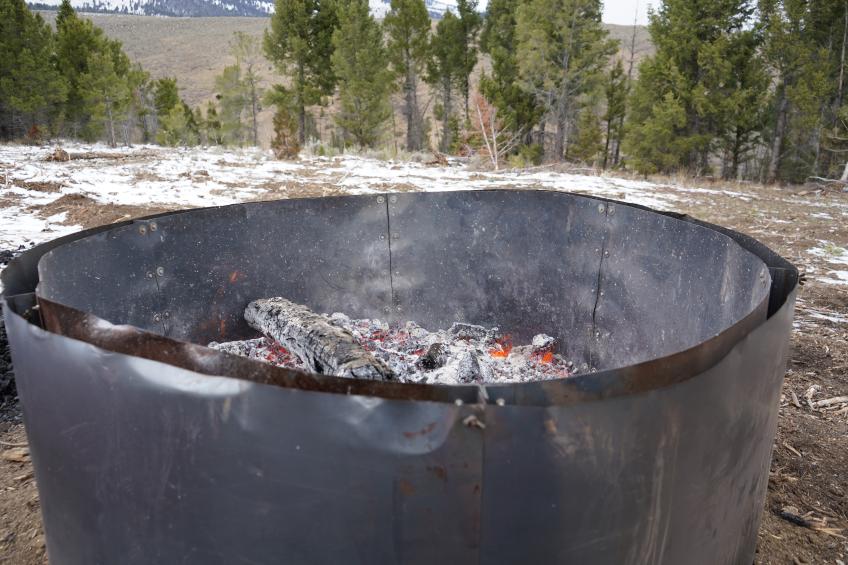Outside the box and inside the burner: Biochar as a climate-forward solution
COLORADO—The use and benefits of biochar are endless—it just takes thinking outside of the box, or, in this case, inside the burner. This technology has the capability to solve multiple challenges, including positive carbon sequestration, negative effects on air and soil from slash burning, and poor soil quality from fires, agriculture, mining and wind erosion.
Rocky Mountain Research Station recently hosted two “Beyond Biochar Basics: Scaling Up & Moving the Needle” workshops. The first, in Durango, Colorado, in late September, focused on abandoned mine lands and post-fire restoration. The second, in Dillon, Montana, in late October, demonstrated how biochar can benefit sagebrush steppe habitat and sustainable agriculture. The goal of these practitioner-centered workshops is to start moving the “biochar needle” from conceptual to large-scale adoption, particularly as related to forest operations and conversion of forest biomass to biochar for use in agriculture and soils.
The station’s workshop organizers share a passion for promoting biochar in forestry, mining and agriculture where it can be applied to help land managers achieve goals.
“The workshops really went a long way to help us identify barriers to all aspects of biochar production and use and highlight opportunities to overcome those barriers,” the station’s Human Dimensions program manager, Jeffrey Morisette, said after the workshops. “They also increased excitement about biochar at multiple scales and various applications.”
The next steps include researchers and land managers co-developing projects to demonstrate biochar feasibility at scale in several western landscapes. By making biochar, “no value” forest slash is converted to a valuable product while helping to reduce greenhouse gas emissions and mitigate climate change impacts.
The basics and benefits of biochar production and use are summarized in the recent Science You Can Use Bulletin, Biochar Basics.

